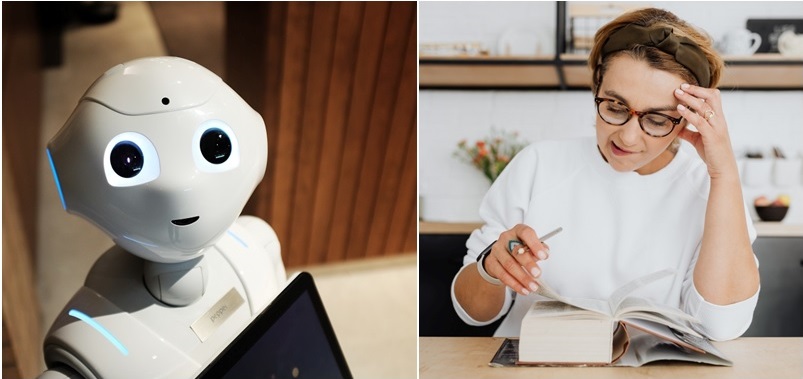No one knew or could predict such a turn of events. Translation agencies and direct clients kept everyone in the dark. At this point, there was a clear consensus amongst the populace of translators that something was seriously wrong. Anyone asking excessive questions ended up excluded from translator databases. Soon enough, the news of the arrival of Mr. Great Translation Machine reached the farthest corners of the Internet, and that is when the riots broke out. In response to the calamity, the translators willing to fight for their jobs formed a planetary defense force and came up with a strategic plan to destroy Mr. Great Translation Machine and reestablish the reign of Human Translation.
Kidding aside, let’s see how realistic the chances of the thumping victory of Mr. Great Translation Machine are.
The translation is one of the essential skills in global communication, as it helps us understand and interact with other cultures and learn about different perspectives.
As technology develops, people look for ways to speed up the translation process and reduce its costs. Machine translation seems to be a great answer to this challenge. Indeed, it is a valuable tool as it helps us understand what we read, even if we don’t know the language. Besides that, machine translation software can be used to translate texts containing many numbers and technical terms, such as financial statements, patents, or user instructions and manuals.
Since the release of early versions of machine translation software, there has always been a question of whether machines can replace human translators. Well, in the future, it may be possible. But certainly not now. While we cannot deny the apparent benefits of machine translation, specific problems make it impossible to rely entirely on the software and replace human translation, which has more nuances and is more accurate. Currently, machines are certainly unable to do the following:
– Understand the cultural context of the language
– Read between the lines
– Make inferences, which can lead to misinterpretations
Besides, suppose the source text is miswritten and contains omissions, spelling, and grammar mistakes. In that case, the machine cannot analyze and improve style, correctly translate misspelled words, understand what is missing, and provide a meaningful translation without those missing pieces of information. Other problems with machine translations include mistakes when translating idioms or metaphors or when capturing humor or puns. Nevertheless, machine translators are a trendy and cheap alternative to human translators.
However, when deciding to go with machine translation, it is essential to have a professional translator review it to make sure everything runs smoothly. It’s not uncommon for machine translations to have errors, which could be very embarrassing if they are not caught in time. An apparent benefit is that the review by a human translator can save you money by catching mistakes early in the process. When an error is caught early, there is less of a chance that it will cause problems later on down the line.
Another important consideration is the legal consequences of machine translation errors. Besides that, a fluent, linguistically and culturally flawless translation sends an important message to the readers, telling them that the company has made extra efforts to ensure that the content speaks their language.
In conclusion, it is important to balance cost-saving and quality considerations as professional human translators still outperform machines.
0:1 so far:
| Machine translation | Human translation by IC Translation’s linguist |
| It’s a great job to create beauty with your own hands! Indeed, you need to think with your head But at the same time, soar in the clouds! |
Creating beauty with your own hands is no easy task. It takes a dreamer who can make it a reality! |


